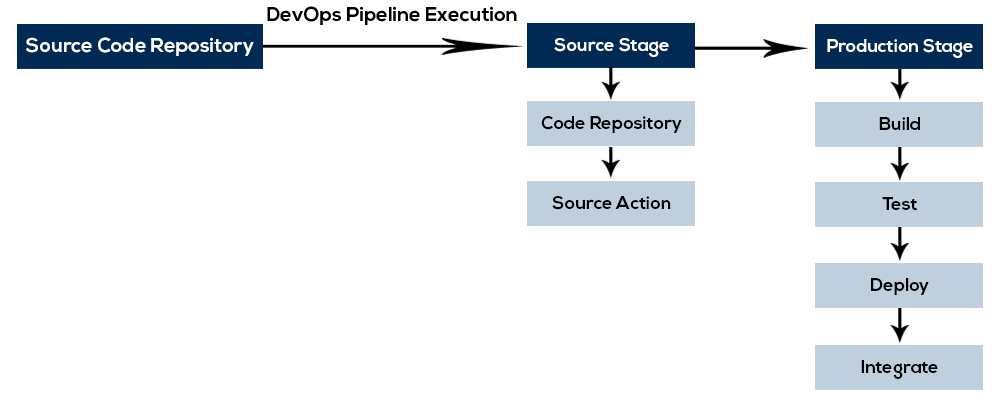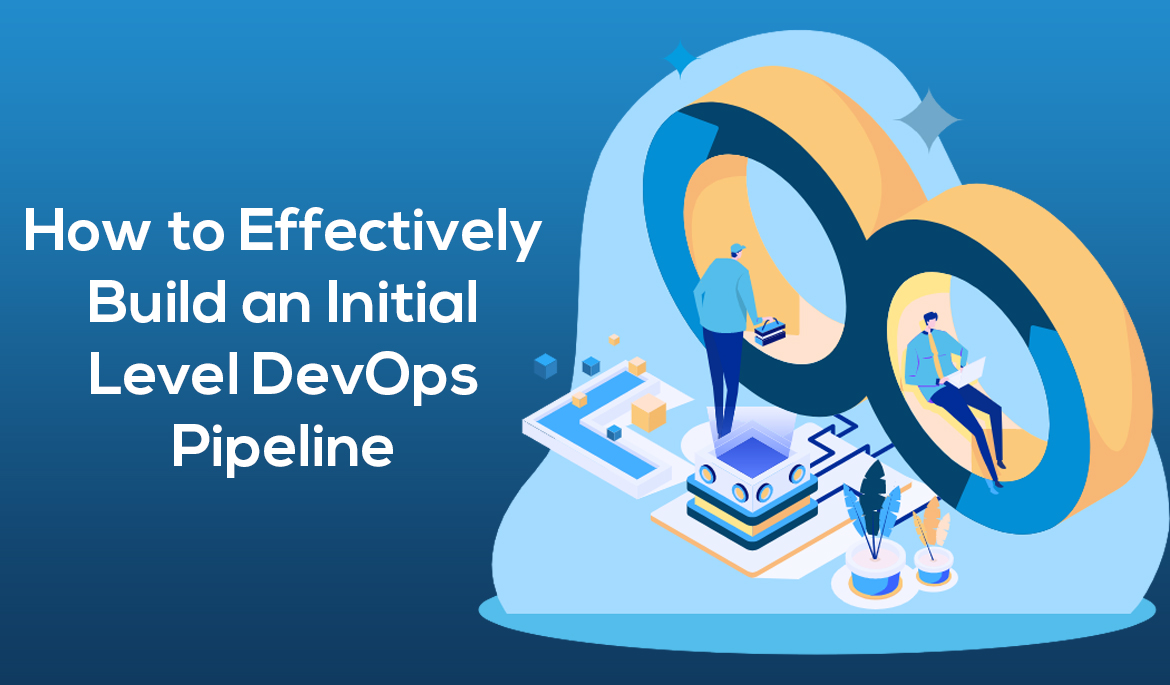Today, the culture of DevOps is making substantial advancements in the application development methodology. The core objective of DevOps has always been to unify development and operation throughout the software development lifecycle. It strongly advocates automation in the development and operation tasks, and in the process, it improves monitoring of all required steps from coding, integration, testing, deployment, to management. Post Covid-19, the adoption of DevOps has taken an upward trajectory due to the growing demand for agility and continuous and reliable delivery.
According to Simon Haighton-Williams, CEO of Adaptavist, “while the pandemic has undoubtedly heightened the importance of DevOps in the workplace, its widespread use predates the last few years. HGS Digital research from as far back as 2018 found that only 3% of software development businesses had never heard of DevOps. The 2021: Future of the Atlassian Ecosystem report revealed that 54% of organizations have implemented a DevOps strategy—up from 48% in 2020. A further 27% of respondents are hoping to adopt a DevOps strategy in the next three years.”
We are witnessing a growing acceleration in the DevOps culture, and it is transforming the way we used to deliver applications. Our effort here is whatever we have learned so far; we want to pass on that knowledge to you. Know What is DevOps And Why You Should Opt For It
Key considerations while implementing DevOps
- First, identify the key reasons that build and justify your business case.
- Define an outline for your DevOps criteria as per your business needs.
- Establish a team with the right people, right skill-sets, and diverse experience.
- Created realistic business objectives and measurement metrics.
- Select an application or set of applications that you can move or try first on DevOps.
- Put in place or build the right set of tools and technologies for successful execution.
- Pilot test and scale when you are fully confident.
You are doing a great job if you deploy your application by accurately establishing the DevOps pipeline. Plus, after building and testing the application, you can promote your application code with an automated pipeline. Automated pipeline in DevOps is an essential part of DevOps practices.
What is the DevOps pipeline?
According to Tom Hall at Atlassian, A DevOps pipeline is a set of automated processes and tools that allows both developers and operations professionals to work cohesively to build and deploy code to a production environment. While a DevOps pipeline can differ by organization, it typically includes build automation/continuous integration, automation testing, validation, and reporting. It may also include one or more manual gates that require human intervention before code is allowed to proceed.
Components of a DevOps pipeline
The main crux or the differentiating factor of a DevOps pipeline is ‘Continuous’ execution. It can be segregated into continuous integration (CI) continuous delivery or deployment (CD), continuous testing, continuous feedback, and continuous operations. The whole process is an ongoing series of actions to bring about the desired results.
- Continuous integration: Practice of continuously integrating modified/changed codebase into existing code base by monitoring any conflicts between different developers’ code changes. The whole purpose is to identify and provide resolution to any code conflict.
- Continuous delivery/deployment: Continuous delivery ensures that the application code is always in a stable and ready-to-release state. Deployment refers to deploying the latest version of the application into the production stage with proper validation, robustness, and security protocols.
- Continuous testing: It deals with the validation and verification of all the modified code before it goes to production. Moreover, it means automated testing of the pipeline that incorporates unit testing, smoke testing, functional testing, in fact, complete testing. It ensures changes move faster to the production with desired functionalities, quality standards, and reliability. Most of the time, continuous testing and continuous monitoring are clubbed with continuous feedback.
- Continuous operations: It is more related to the uptime of the application. This practice is applied to minimize downtime for end-users. Different development teams use it differently in their environment. The whole idea is to sustain the newly deployed application with minimum disruption to the business— means running the application around the clock.

Key steps for DevOps pipeline deployment
A well-established DevOps pipeline can help you in many ways in improving the repeatable process for building, testing, and deploying your application. You can use it as per your business needs. You can create a pipeline, a kind of artifacts, when you need to promote your code continuously for upgrades or modifications.
However, deploying a DevOps pipeline can, sometimes, be challenging for organizations when they use multiple applications for different purposes. Here is a step-by-step process:
Set CI/CD tool and framework
First of all, you need to choose a CI/CD tool to start your DevOps pipeline. It is the backbone to best exploit automation features, improve existing workflows, and build a rock-solid CI/CD pipeline.
Example: If your open-source enthusiast, Jenkins is one of the popular open source CI/CD tools that you can consider to build a DevOps pipeline.
Establish source code management repository
Second, you need to put in place a repository to maintain your application source code. This makes it a lot easier to make changes to the code and push commits to the repository.
Example: GitHub can be used as a source code management repository
Apply automation for continuous execution
Build automation is a critical step in moving towards a continuous delivery model. You must automate certain tasks to speed up the delivery that includes cleaning, compiling, testing, and deployment.
Example: You can use build automation tools such as Apache Maven, Gradle, Cake, Gulp, and more.
Install web application server ( Virtual Machine or Containers)
Next, you need to establish the environment to install your application server like a virtual machine or a server.
Today, containers are also the most popular solution to host application server.
Example:Web application servers: Tomcat, Django, Rails, and Node.js
Containers: Docker and Kubernetes
Implement code testing tools
The next action is to run a test tool on the web application. There are many tools available to check the quality of the code and provide recommendations to improve it further. You can further integrate these tools with CI/CD tools to automate the process.
Example: Junit, Mockito, Jasmine, Jest, and more
Release to production
The final step is to deploy your source code to the production environment. You can deploy it manually or automatically.
One of the well-known ways to deploy your application is by setting up the build server to run a script that automatically deploys the source code to the production environment.
There are many DevOps best practices that you can adopt. It is good to standardize on one DevOps pipeline for your whole organization. When you have one standardized pipeline, your DevOps team can easily shift from one project to another project without acquiring new skills or reskilling.

DevOps trends will continue to transform the landscape of application development. However, to successfully execute the DevOps initiative, companies should start from where they currently are. Whatever barrier they face, these barriers should be seen as opportunities to evolve, improve, and remain flexible to demanding business needs. DevOps is a mindset not a technology.


